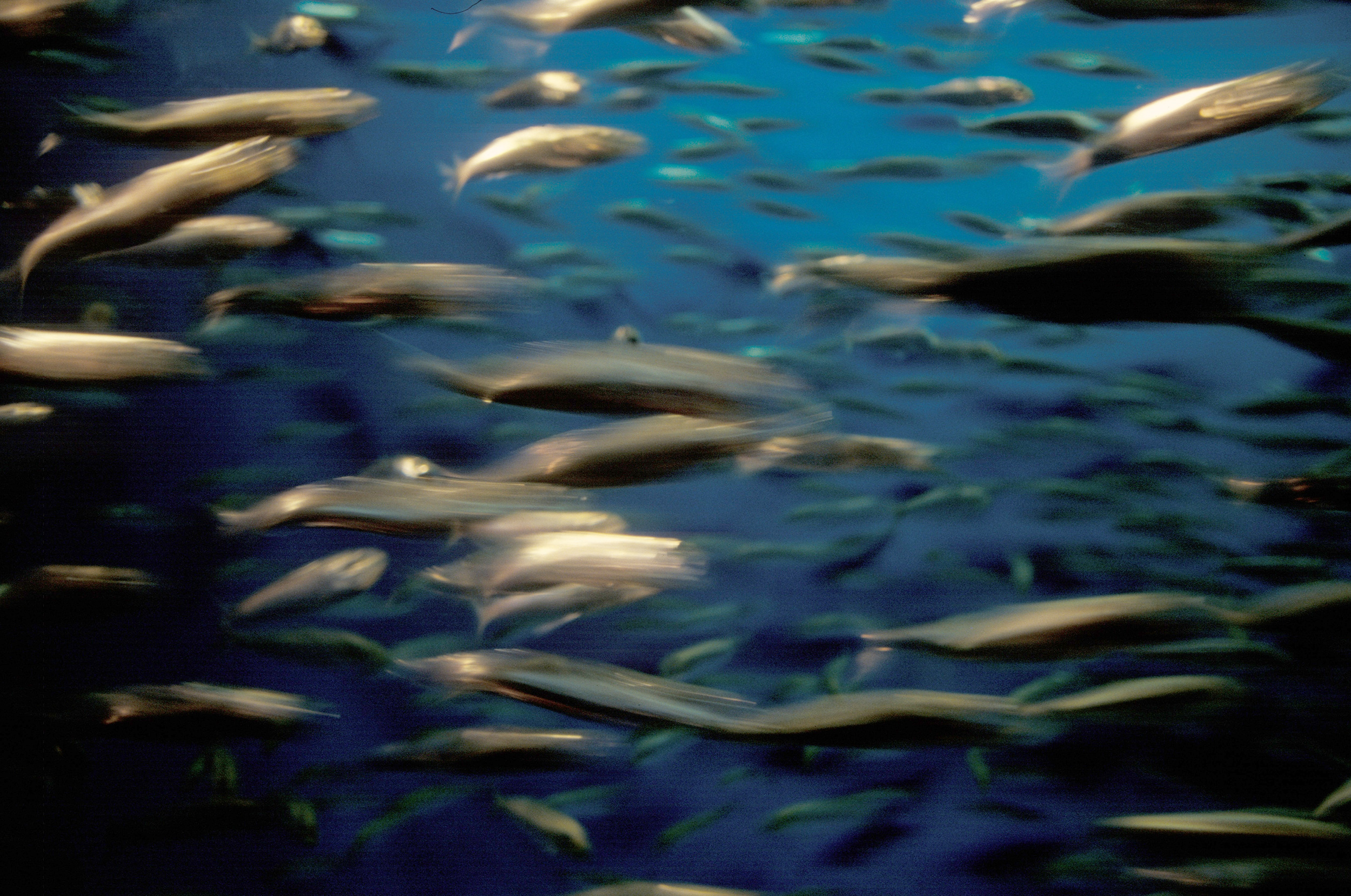Issue:
October 2023 | Letter from Hokkaido
Hokkaido exports to China have plummeted in the wake of the Fukushima water release
How would you like a really good deal on frozen scallops? That's a question Hokkaido officials are asking Japanese consumers and those in Singapore and South Korea, among other places, in the wake of China’s recent ban on Japanese seafood imports in retaliation for the decision to release wastewater containing tritium from the Fukushima Daiichi nuclear power plant.
Fresh and frozen scallops, crab, salmon, konbu seaweed, and especially sea cucumbers from Hokkaido are – or were before the ban – among the most sought-after Japanese seafood items in China. Planeloads of tourists from Beijing, Shanghai, and elsewhere crowded the shops of New Chitose International Airport, purchasing tens, if not hundreds, of thousands of yen’s worth of delicacies before heading home.
In recent years, China’s consumption of Hokkaido fish proved a godsend to the prefectural fishing industry, which, like so many other professions in Japan, is growing older and declining in size. Hokkaido fishers braved the cold, stormy waters of the Sea of Okhotsk and Japan Sea, the dense fog in the Tsugaru Straits, and played cat-and-mouse games with the Russian coast guard in the fishing grounds surrounding the Northern Territories/Southern Kuriles, as part of prefectural-wide effort to satisfy the ever growing, ever hungry Chinese market.
Once they returned to the ports of Rausu, Utoro, Wakannai, Nemuro, Kushiro, Hakodate, and Otaru, or smaller villages along the coast, their friends and neighbors, also often elderly, gutted the fish, shelled the scallops, bound up the crabs, and dried the konbu and sea cucumbers - jobs that fewer younger people wanted or were available to do. The seafood was then canned, frozen, or put on ice and trucked off to shops in Hokkaido popular with Chinese tourists, loaded on container ships bound for Shanghai and Hong Kong, or flown directly to a Chinese provincial airport before ending up in local restaurants.
But no longer.
According to the most recent trade statistics, Hokkaido’s seafood exports between January to July this year totaled ¥43.3 billion. This was an increase from ¥42.6 billion over the same period last year. But looking at July alone, sales decreased by about 30%, from ¥5.9 billion to ¥4.1 billion compared to last year. This decrease came after China strengthened inspections of Japanese marine products earlier in the month as a response the Japanese government’s decision to release treated water from Fukushima Daiichi.
When China announced a complete ban late last month, local officials were in a bind. While faithfully repeating Tokyo’s assertion that a ban had no scientific basis, they also rushed to demand that Prime Minister Fumio Kishida ensure that his decision over the Fukushima water release was followed by guarantees of financial assistance to the local fishing industry. The autumn session of the Diet is due to begin in October, and Kishida will be under pressure from not only local officials but also the entire Hokkaido fishing industry to make sure that there is ample funding included in whatever economic assistance he proposes.
That might include measures to quickly sell off entire warehouses full of frozen and canned foods that had been bound for China but which now sits in freezers waiting to be sold. As this article went to press, we in Hokkaido were hearing about schemes being considered to get the produce eaten quickly. Everything from a rapid increase in the number of Hokkaido food fairs of the kind you often see at department stores in other parts of the country, to deals with countries such as Singapore and South Korea, which might be allowed to buy Hokkaido seafood for low prices thanks to central government subsidies.
That is all well and good, but it doesn’t address the longer-term risk. Nobody knows when China might relax its seafood ban. Hokkaido’s governor, Naomichi Suzuki, has said that Hokkaido now recognizes the dangers of over-reliance on one country for its exports, and will attempt to diversity its overseas customer base. However, that will take time and effort and, as noted above, Hokkaido’s seafood industry already has trouble attracting workers. Things could rebound over the medium- and long-term. But for the next few months, the local industry will be experiencing tough times.
For gourmands outside of Hokkaido, the news might not be quite as bad. In addition to all of the frozen seafood, more fresh Hokkaido fish is likely to end up in your local izakaya or favorite French or Italian restaurant in the coming months. The salmon fishing season is in full swing (in Hokkaido we can start eating fresh autumn salmon as early as late August) and fresh crab and scallops will be available in abundance in a few months’ time.
Prices will hopefully be cheaper than what you might pay in a normal year when there is competition from mainland China. Perhaps the Food & Beverage Committee would be willing to seek out good deals for more Hokkaido seafood products in the coming weeks.
Eating fresh or frozen Hokkaido salmon, scallops, and crab in the Main Bar? Well, it’s a burden for everyone, I know. But we at FCCJ need to do our bit to help out.
Eric Johnston is the Senior National Correspondent for the Japan Times. Views expressed within are his own and do not necessarily reflect those of the Japan Times.


